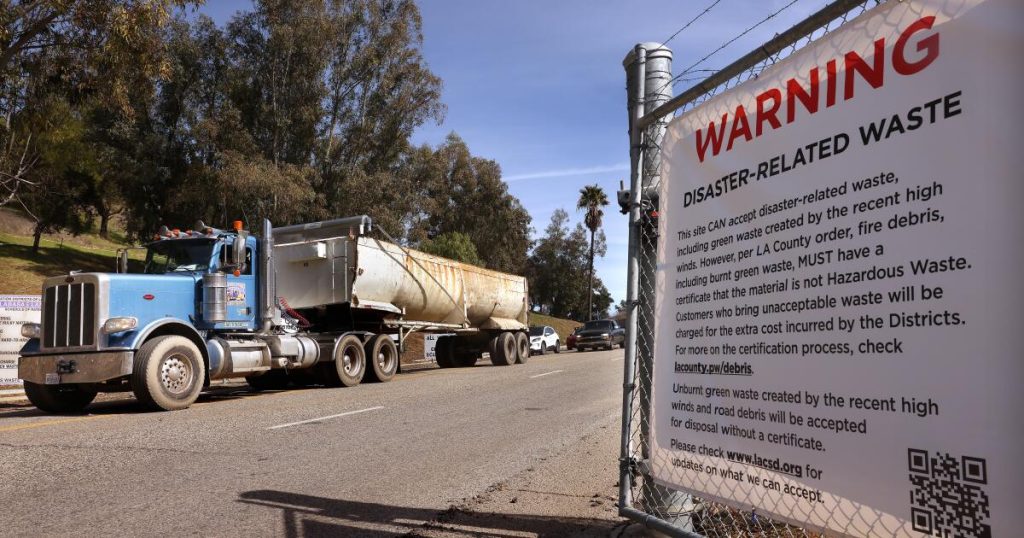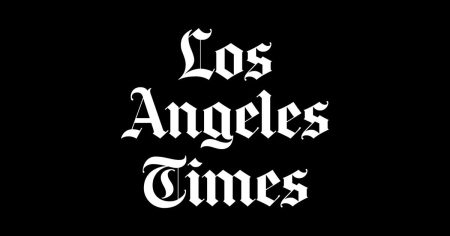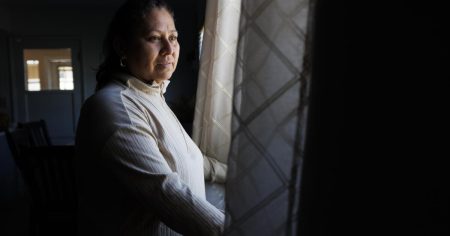The situation involving the Los Angeles County Board of Supervisors’ decision to expand landfill capacity for wildfire debris is a complex issue balancing urgent disaster management with long-term environmental and health concerns. The board unanimously agreed to allow Calabasas Landfill to accept debris from a broader area affected by the Palisades and possibly the Eaton fire, increasing tonnage limits at Sunshine Canyon and Lancaster landfills. This decision aims to swiftly remove potentially toxic debris, addressing public health and environmental risks.
However, this move has faced significant opposition from residents near the landfills, who fear toxic ash could contaminate their communities and water supplies. They argue that such debris should be sent to hazardous waste facilities, not regular landfills, which they believe are ill-equipped to handle the risks. Their concerns are supported by public health officials, who note that wildfire ash contains harmful substances like lead and arsenic, typically handled in specialized facilities.
Residents have actively protested, including blocking access to landfills and organizing demonstrations. Legal challenges have also emerged, with Calabasas City Council and local residents filing lawsuits to block the debris disposal plan, citing the need for safety testing and the potential for irreparable harm.
The county assures that precautions, such as using water to control dust, will mitigate risks, but residents remain unconvinced, emphasizing the need for tested safety measures to prevent future health crises. This conflict underscores the tension between managing disaster aftermath and safeguarding community health, highlighting the challenges of balancing immediate needs with long-term safety.









